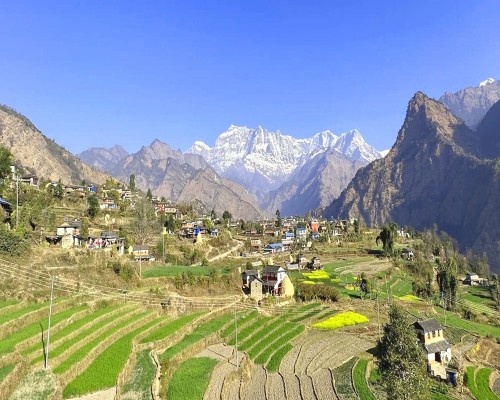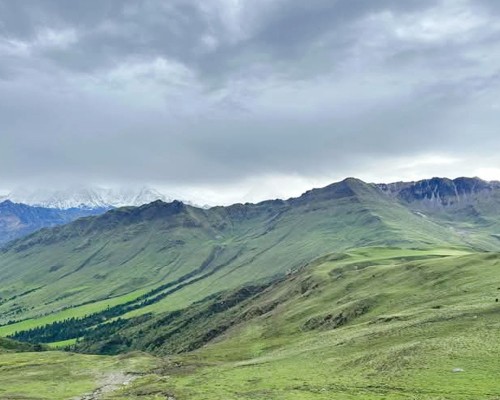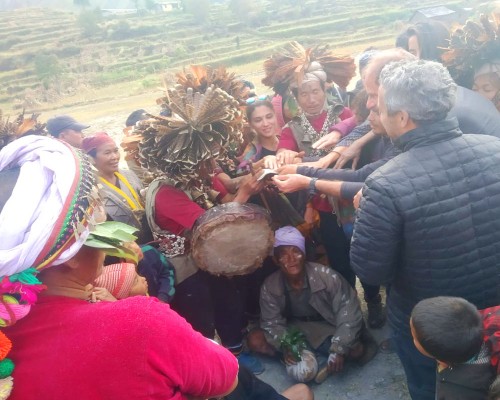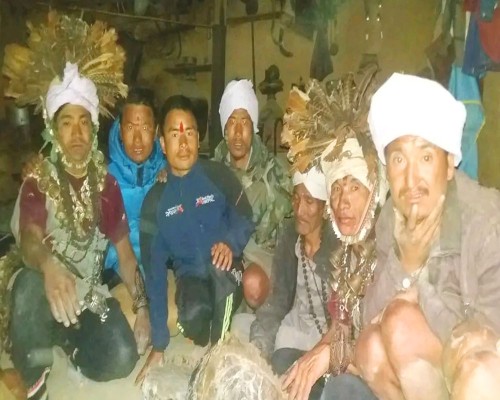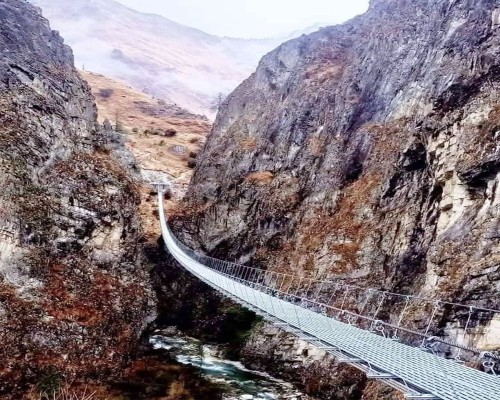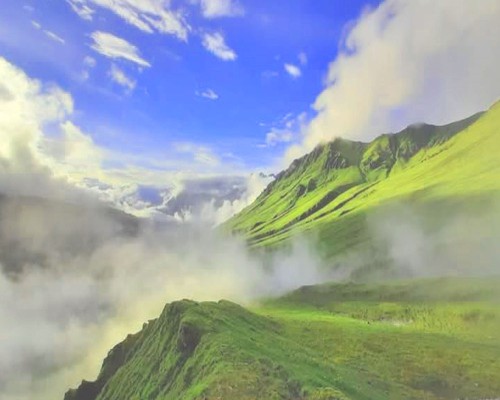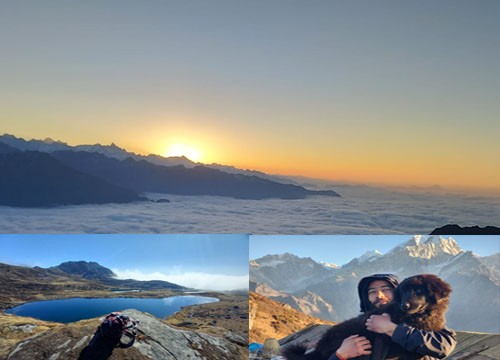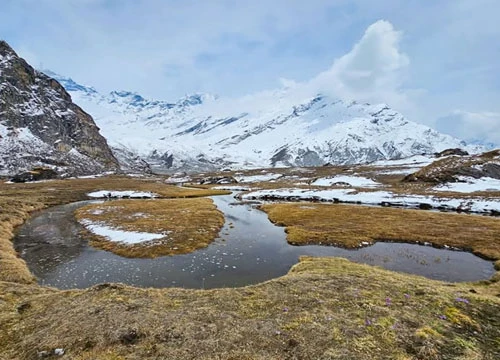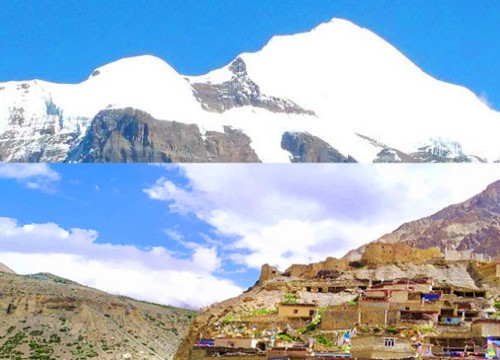Dhotpatan Shaman Trek Itinerary (Price and days of the trekking can be managed through discussion)
Dhorpatan Hunting Reserve is Nepal's only hunting reserve where you get opportunity to hunt blue sheep and Himalayan tahr by paying royalty to the Nepal government as per rules and regulation. This hunting reserve is very famous for western Nepal Trekking to explore variety of species, including blue sheep, Himalayan tahr, and endangered musk deer and snow leopards with stunning views of Dhauligiri Mountain range on the trail. It's a protected area in western Nepal known for its diverse wildlife and breathtaking scenery, which attracts both hunters and trekkers. The reserve is home to a Trekking in Dhorpatan provides an opportunity to explore local tribe communities, lush forests, and learn about Magar Kham culture. The total area cover by Dhorpatan Hunting reserve is 1,325 sq.km. and the higher elevations of this region remain snow-capped throughout the year where the altitudes vary from 1,500 meter to 7,200 meter from the sea level. The natural features of the dhorpatan is rocky terrain, virginal forests, sub alpine, flat meadows, and marvelous landscapes.
Dhorpatan Hunting Reserve is a designated area for the controlled pursuit, killing, or capture of game animals. It is essentially an area where hunting is permitted, with specific rules and regulations in place to ensure long-term animal populations and manage other natural resources. Hunting reserves often contain restrictions governing which animals can be hunted, how they can be hunted (e.g. permissible weapons, seasons, certain animals), and how many animals can be harvested.
Shamanism is widespread in Western Nepal, with different ethnic groups practicing various forms of the discipline. Shamans are identified by a variety of names based on their ethnic group and locality, including "Jhankri", "Bijuwa" (Magar), and "Pawo" (Sherpa). They serve an important role in societies as healers, herbal tredational doctor, spiritual leaders, and connections between the physical and spiritual worlds. They restore balance and harmony by conducting a variety of activities, such as divination, healing ceremonies, and spirit communication. They are recognized for their ability to restore balance and harmony within individuals and communities, especially if standard medical treatments fail. Shamanic occasions frequently use music, dance, and trance-like states to enter the spirit realm. Tools such as drums, bells, and rattles are utilized to cause altered states and communicate with spirits. Shamans in Nepal believe in spirits and deities who influence both human lives and the natural world. They try to calm down or drive away spirits supposed to be carrying illness or misfortune.



